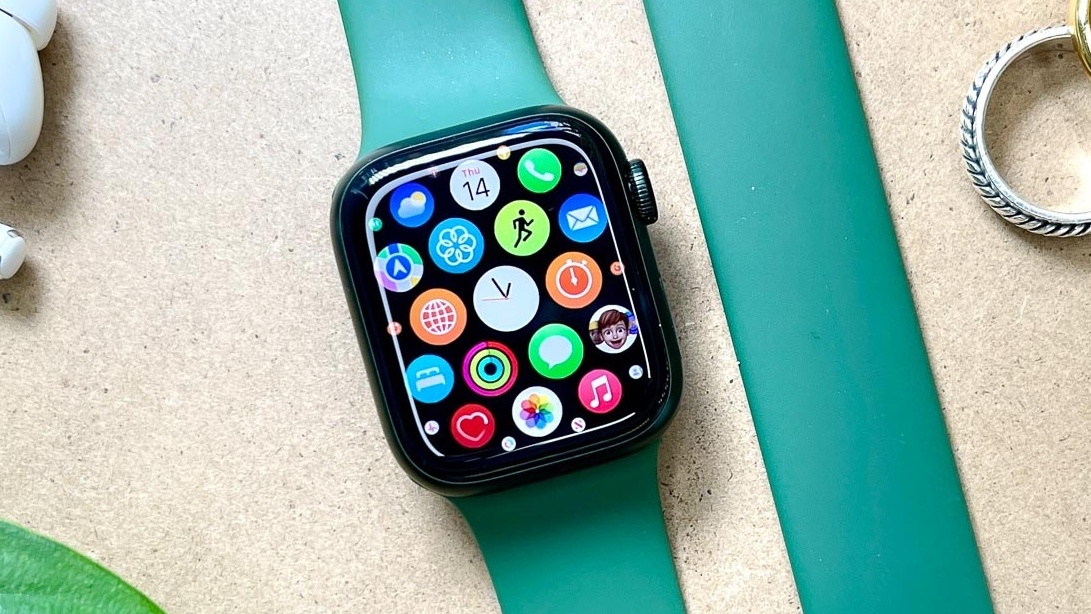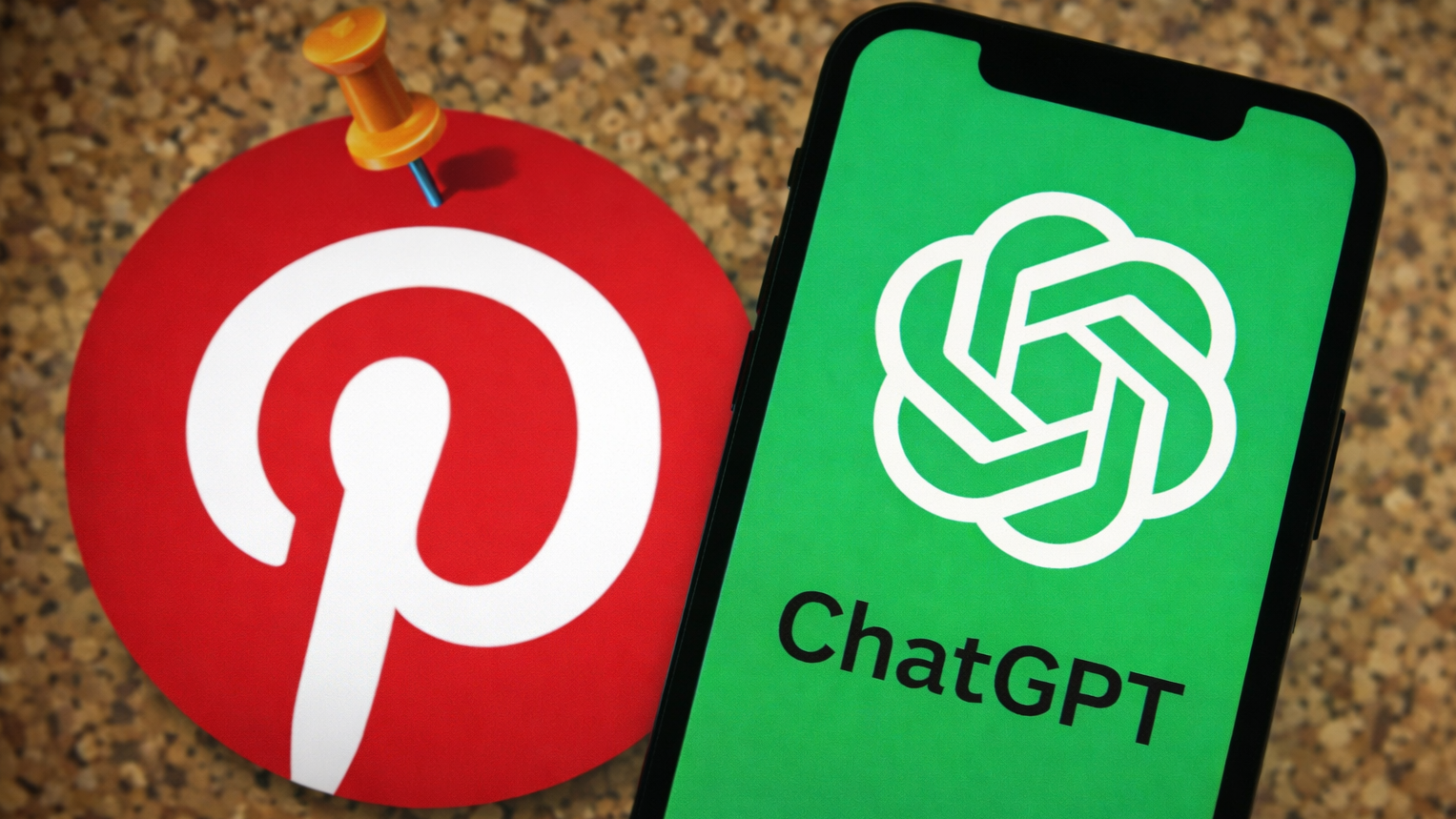iPhone at 15 — is Apple now innovating or just iterating?
The real lesson Steve Jobs passed on

I remember the original iPhone launch like it was yesterday, and I remember having a pretty dumb reaction to it. “Where is the keyboard?” I think was one of the first things I asked aloud as I clutched my BlackBerry 8300 (RIP). And “what about 3G?” closely followed.
Of course, in hindsight, I was missing the point Steve Jobs was trying to make in 2007. This wasn’t just another smartphone. It was about reinventing the smartphone and the entire category in order to push it forward.
Original iPhone: Leaving the past behind
At the time, Apple was taking a major risk by not including a keyboard, which was a feature embraced not just by BlackBerry but also competing devices like the Moto Q (remember that?), Palm Tree and Nokia E62. Instead, it went in a completely different direction by adopting a revolutionary multi-touch interface and touchscreen keyboard. Fifteen years later, the iPhone 13 sits atop our best phones list.
It’s easy to forget, but this was the first time that people could pinch to zoom on websites and photos, as well as scroll quickly through long lists with just a flick, complete with that neat inertial scrolling animation. The original iPhone was all about leaving all other phones behind.
As Steve Jobs said during his presentation: “An iPod, a phone and internet communicator. An iPod, a phone, are you getting it?”
It was truly three devices in one, and this was the closest thing to the full Internet we had ever seen on a device. I remember when Jobs flipped the original iPhone into landscape mode while loading The New York Times in the Safari browser. This wasn’t the mobile web on your phone; it was the full web experience, and you could just double tap to zoom in.
Of course, it would take multiple iterations of the iPhone hardware and software for Apple to really nail this product and establish itself as having the best phone. For example, the original iPhone didn’t have MMS. You also couldn’t record video on the first iPhone. And the App Store didn’t open until 2008, and even then, there were just 500 apps.
Get instant access to breaking news, the hottest reviews, great deals and helpful tips.
But the original iPhone planted the flag for Apple in a highly competitive space and put other companies on notice. At the time Steve Jobs touted that Apple was “five years ahead of any other mobile phone.” I wouldn’t go that far, but it took a long time for rivals to field serious challengers. One of the first was the original Motorola Droid, and that didn’t come out until November of 2009.
Samsung didn’t truly have a strong iPhone foe until the Samsung Galaxy S3 in 2012, which, sported a “massive” (for the time) 4.8-inch display with HD resolution.
Apple since the iPhone: Reinventing but also reiterating

So what about Apple since the original iPhone? Has it been following the example set by Steve Jobs 15 years ago? Has the company been reinventing or just reiterating? Actually, a bit of both.
I would argue that the Apple Watch CEO Tim Cook unveiled 2014 reinvented the smart watch category, which is partially why Apple's latest watch still sits atop our best smartwatch list. While others were trying to turn watches into miniature phones (see original Samsung Galaxy Gear and Moto 360), Apple focused on ease of use and eventually really leaned into health.
From the very beginning the Apple Watch focused on your activity and workouts and setting goals. And while the Apple Watch 7 is mostly about a bigger screen, the product has had some important additions along the way, including ECG reading starting with the Apple Watch Series 4 and fall detection.
AirPods are now ubiquitous but back in 2016 they were a big deal because they removed a pain point that none of the other best wireless earbuds could. They were ridiculously easy to pair with your iPhone. All you had to do was open up the charge case and you’d get a prompt on your phone. This is Apple’s advantage of hardware and software working together that is extremely hard for other companies to copy.
At the same time, there’s also been some pretty big misses over the past several years. I’d start with HomePod, which delivered excellent sound quality but not enough value to justify the premium over the best smart speakers like the Amazon Echo and Google Nest. Apple’s Siri, which was introduced in 2011, had a huge head start on Alexa and Google Assistant and yet has never caught up in terms of knowledge, skills or accuracy.
The MacBook line also lost its way during the 2010s, as Apple failed to recapture the magic of the original MacBook Air line Steve Jobs slipped out of a manilla envelope back in 2008. Instead, Apple allowed competitors like the Dell XPS 13 and others catch up and released questionable innovations like the detested Butterfly keyboard and Touch Bar.
But then Apple redeemed itself starting in 2020 with its Apple silicon in the MacBook Air M1 and MacBook Pro M1, reinventing the Mac for a new era with power and battery life that beats the majority of Windows machines. And the 14-inch MacBook Pro has a much better Magic keyboard along with the ports pros had been missing.
The next iPhone moment? Mixed reality

As we look forward to 2022, I think Apple is in a position to yet again revolutionize a category, and this time it’s mixed reality. Apple is reportedly launching an Apple AR/VR headset this year, which could give established players like Meta and its Oculus Quest 2 real competition.
Apple’s headset is rumored to cost $1,000 or more, which would put it out of reach of most shoppers at first, but I’m very keen to see how it blends virtual reality and augmented reality to deliver new types of user experiences.
In fact, this device has the potential to provide the first real “wow” moment for me since Steve Jobs unveiled the iPhone for the first time. We’ve heard that Apple's headset could ditch physical controllers in favor of tracking hand movements, feature eye detection and offer M1 chip-like power instead of a smartphone chip. In other words, the headset could surpass everything that came before it by leaving behind what Apple considers to be legacy features.
And I think that’s the lesson of the original iPhone and Steve Jobs. Go for a big leap or don’t even bother.
Mark Spoonauer is the global editor in chief of Tom's Guide and has covered technology for over 20 years. In addition to overseeing the direction of Tom's Guide, Mark specializes in covering all things mobile, having reviewed dozens of smartphones and other gadgets. He has spoken at key industry events and appears regularly on TV to discuss the latest trends, including Cheddar, Fox Business and other outlets. Mark was previously editor in chief of Laptop Mag, and his work has appeared in Wired, Popular Science and Inc. Follow him on Twitter at @mspoonauer.

